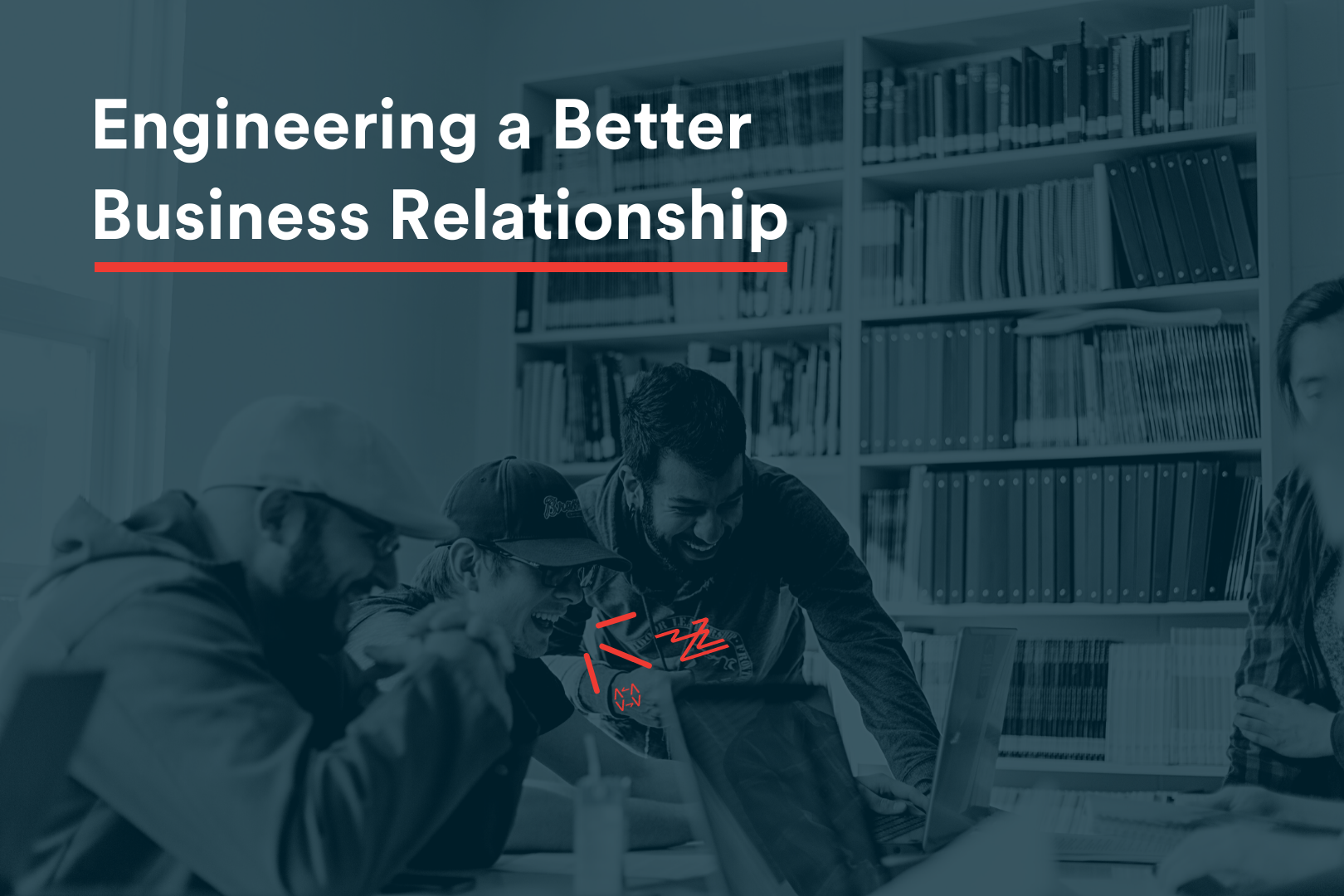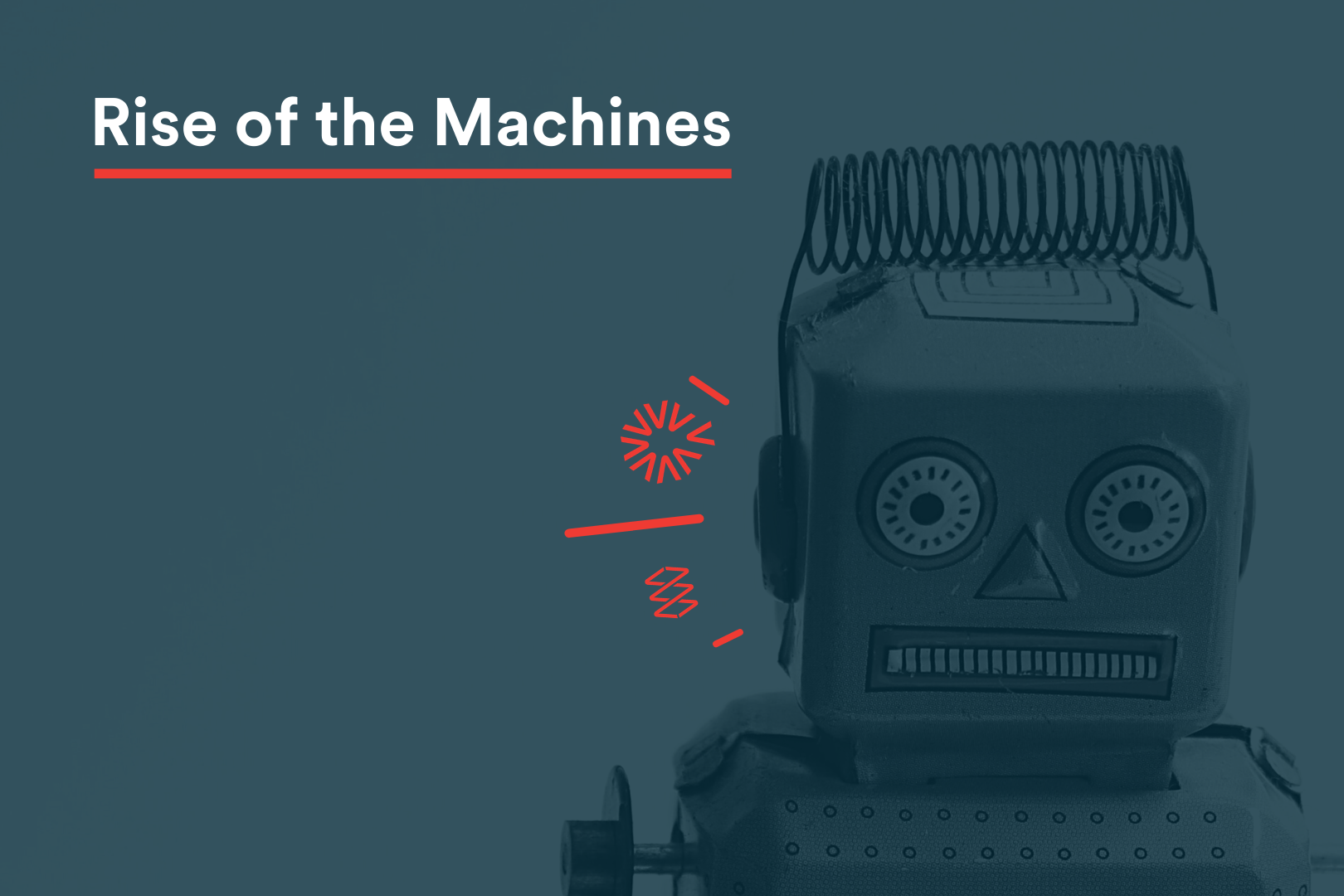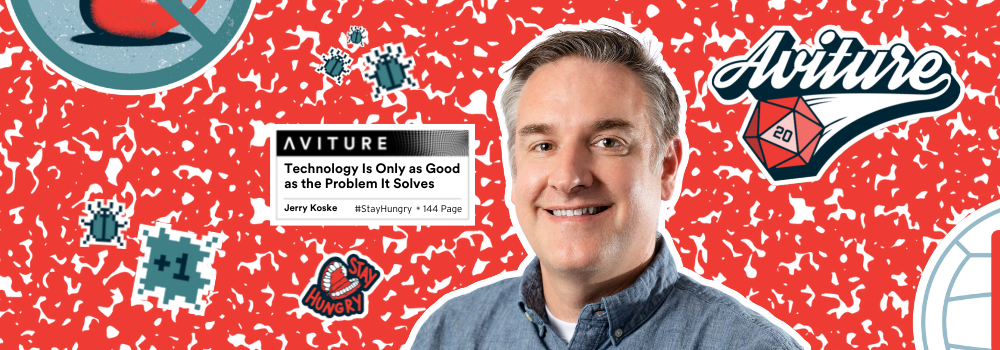software development | Technology | thought leadership
Sometimes, the smartest engineers in the room can make some incredibly not-so-smart decisions.
I’ve had the pleasure of working with brilliant software engineers across a wide cross-section of industries. People with extensive technical knowledge who have come up with ingenious and inventive software in the course of their careers.
And yet even the best software engineers I’ve worked with can get so hung up on the technical component of their work that they forget that what they do is only as good as the effect it has on the fundamental problem they’re solving.
This disconnect usually manifests as conflict between the so-called “business” side of the house (i.e. management, sales, operations, finance, etc.) and the “technical” side of the house (i.e. engineering, product development, project management, etc.).
An engineer may be hired to perform a technical task, so he or she sets out to do precisely what has been asked. But often, when they have completed the task, doing exactly what they were asked to do, the business still isn’t happy. The task performed didn’t fully resolve the business problem they set out to address.
Who’s wrong in that scenario? The engineer who did exactly what was asked of them? Or the businessperson who asked that a problem be solved and got back something inadequate to that purpose?
Engineer: “If you wanted it, you should have asked for it.”
Businessperson: “How could you not understand our implicit need? What you built doesn’t work without it!”
This finger-pointing can result in frigid exchanges where both sides think the other lacks common sense and is to blame. But what is common sense really? Has any true commonality been established?

A Frigid Environment
To show you what I mean about common sense and this metaphorical frigid environment, I want to look at a literal frigid environment.
My family is from Wisconsin, an area of the country renowned for its cold weather. When I’m back there, it’s easy to spot people who are from a warmer climate. In the winter, they’re uncomfortable because their winter coats tend to be oversized, undersized or not comprised of the appropriate fabrics.
It’s tempting to make fun of these folks, and a lot of people do! It’s easy to make fun of someone for looking like the Stay Puft Marshmallow Man in their giant puffy coat on a 42-degree day while you’re walking your dog in a comfortable synthetic hoodie. But although northerners may think that person looks ridiculous and has no common sense, the reality is often different.
In this scenario, the person from Wisconsin and the person from, say, Florida, lack a shared experience. The person from Florida may not know that you need an insulating base layer to wick away the moisture, plus a breathable outer shell to stay dry while cutting the wind. Instead, they’ve layered up with sweatshirts made of cotton and a hard-shelled non-breathable winter jacket, which retains water (sweat) – making them feel extra frigid.
It’s not that the Floridian can’t handle the cold. They just don’t know the proper fabrics to use because they’ve never had to! For them, layering on a number of thick sweatshirts and having an airtight impermeable outer layer fits what they know. If they still feel cold, they add on another thicker layer rather than switch to a better fabric.
Does the Floridian lack common sense? Or is common sense a myth we tell ourselves based on our own experience and how that experience has informed the way we live our lives?
Very likely that person will know why materials matter once they’ve spent a few seasons up north and adjust their behavior accordingly. All they need to do is understand the environment they are dressed for.
And I don’t mean to pick on people from Southern areas. Us Northerners look equally ridiculous as we approach the equator, with our lobster-red sunburns, weird tan lines due to not properly rubbing in sunscreen, and our own version of over-layering to cover up from the sun.
My common sense is not your common sense until we have common understanding.

Engineering a Better Business Relationship
Just like the southerner who finds himself or herself in a strange land, engineers find themselves in the land of business, where their knowledge in technology don’t always apply to business ‘common sense.’ Engineers who don’t take the time to learn this new environment tend to frame business objectives as technical objectives, neglecting the real business need.
- “We have to deploy the app to the App store by November”
- “Users must be able to link their Facebook accounts”
- “Emails and push notifications must be enabled”
From the business perspective, thinking only of technology is not applying common sense. To use our analogy, it’s layering to stay warm, without regard to the fabrics being used. In the end you might get warm, but it’s going to be very inefficient, and you will probably look ridiculous.
Businesses don’t hire consultants or engineers to solve technical problems. They hire us to solve business problems with technology.
We owe it to our business and our users to understand what they’re actually trying to ask for. We must move past the technical jargon to actually understand what it is the business is trying to achieve and what users need. We must educate ourselves on the business, how it works, their objectives, opportunities and challenges. This is how we start to thrive in the strange land of business needs.
What is the business actually saying when they tell us, “We have to deploy the app by November”? It could be that they are participating in a multi-channel promotional event in December and an app is crucial to driving engagement. They believe Facebook integration will help because they plan to advertise to a demographic with a strong Facebook presence following the event. And email sign-ups and push notifications are how they plan to drive future engagement and brand loyalty.
The difference between “users must be able to link their Facebook accounts” and “Facebook integration lets us advertise to the key demographic driven by an event” is important. The latter has a business objective, and this is what engineers need to understand in order to provide real value.
Why is this? Why can’t engineers just do precisely what was asked of them?
Because when they do, they fail to see the forest for the trees. Understanding the business problem can reveal new and better solutions that provide far more value than what was initially asked. Engineers can apply their knowledge of technology to come up with better solutions, not just execute on technical tasks. Most importantly, it provides a foundation for that common sense I keep talking about.
An engineer asked to integrate with Facebook and who understands this is for a future advertising and engagement campaign might be able to say, “How else can we engage users? Does this have privacy implications that might get in the way of our goal? Is there a better way to achieve the stated aim? Perhaps we can also provide a crosstalk app for the event, capturing the information of people who shun Facebook. Then we’d also have another way to interact with them.”
Those kinds of questions help create common sense and spark innovation. At the end of the day, it’s innovation that businesses are looking for. Innovation is what creates better solutions to problems.

Rise of the Machines
When we force the business team to adopt technical language to speak to us, we’ve failed as an engineering team.
Any good engineering team will understand the technology. You don’t get a prize for understanding the coding language and technical terms you’ve mastered. This is the price of admission to get into the industry, and if you rely on that alone, you could become obsolete rather quickly.
Here’s the thing: technology is evolving, to the point where, over the next ten years, we will likely see more and more traditional coding activities go the route of automation. Using machine learning, we’ll be able to teach computer programs how to code many product functions. I do not believe we will automate humans out of the picture entirely, but our work will become more human, relying on creativity, innovation and insight.
What will sustain good engineers is the application of technology to the business needs. It will open the door for human ingenuity to come up with never-before-seen applications that solve once-intractable problems.
I don’t know about you, but when I get to the end of my career, I’m not going to look back and speak glowingly about training a computer vision model or the killer CI/CD pipeline I created, or the serverless architecture I used. I say that because I don’t talk about the things I did 20 years ago that I was very proud of once upon a time (3-tiered architecture, elegant object-oriented design, sweet CruiseControl build, etc.). Those are all transitory moments in my career. They quickly become dated. Although stepping stones in my career, none of those memories sustain me.
I’m going to be far more proud of the application of those skills. Of the business problems I solved that had a real-world impact. Of the massive mountains that seemed unclimbable but that my team and I were able to scale, which set us on a whole new path with whole new mountains to climb. Of the real-world difference I made.
Technology is only as good as the business problems it solves. And an engineer is only as good as their willingness to tackle those problems, even if that sometimes means going away from the initial technical ask and embracing the reason behind the work.
That’s how you get to innovation. That’s where you find new technical possibilities, and how you tackle real-world problems.
It’s also how, if you’re a brilliant engineer, you can avoid making not-so-brilliant decisions and show a little common sense. ;)
About Jerry Koske
As Aviture's Chief Technology Officer, Jerry directs the use of technologies, security implementation, and operational innovation across the company. With a focus on cultivating world-class talent and aligning technical applications to Aviture’s strategic business objectives, he is a champion of the technology leadership that Aviture embodies.





